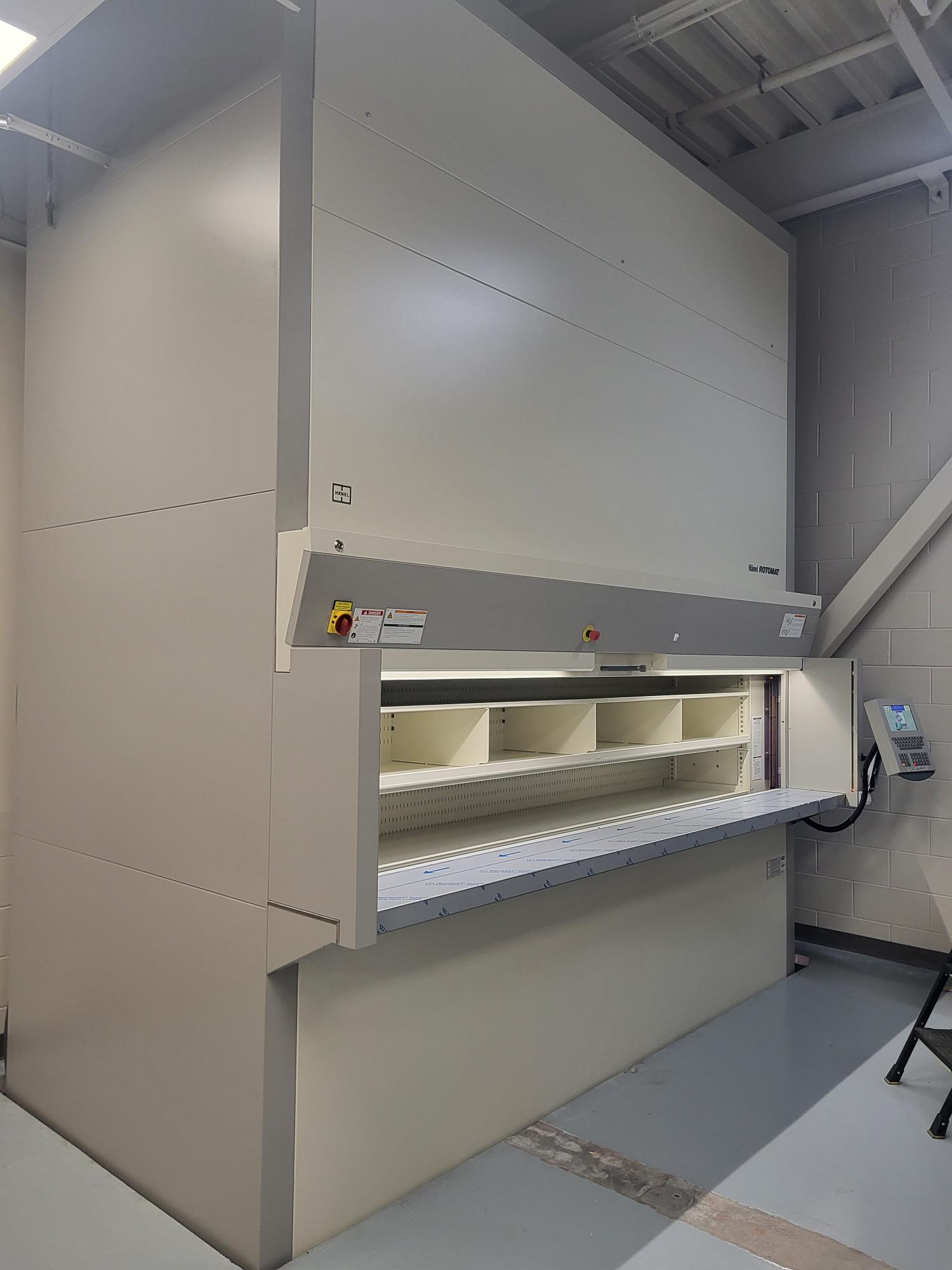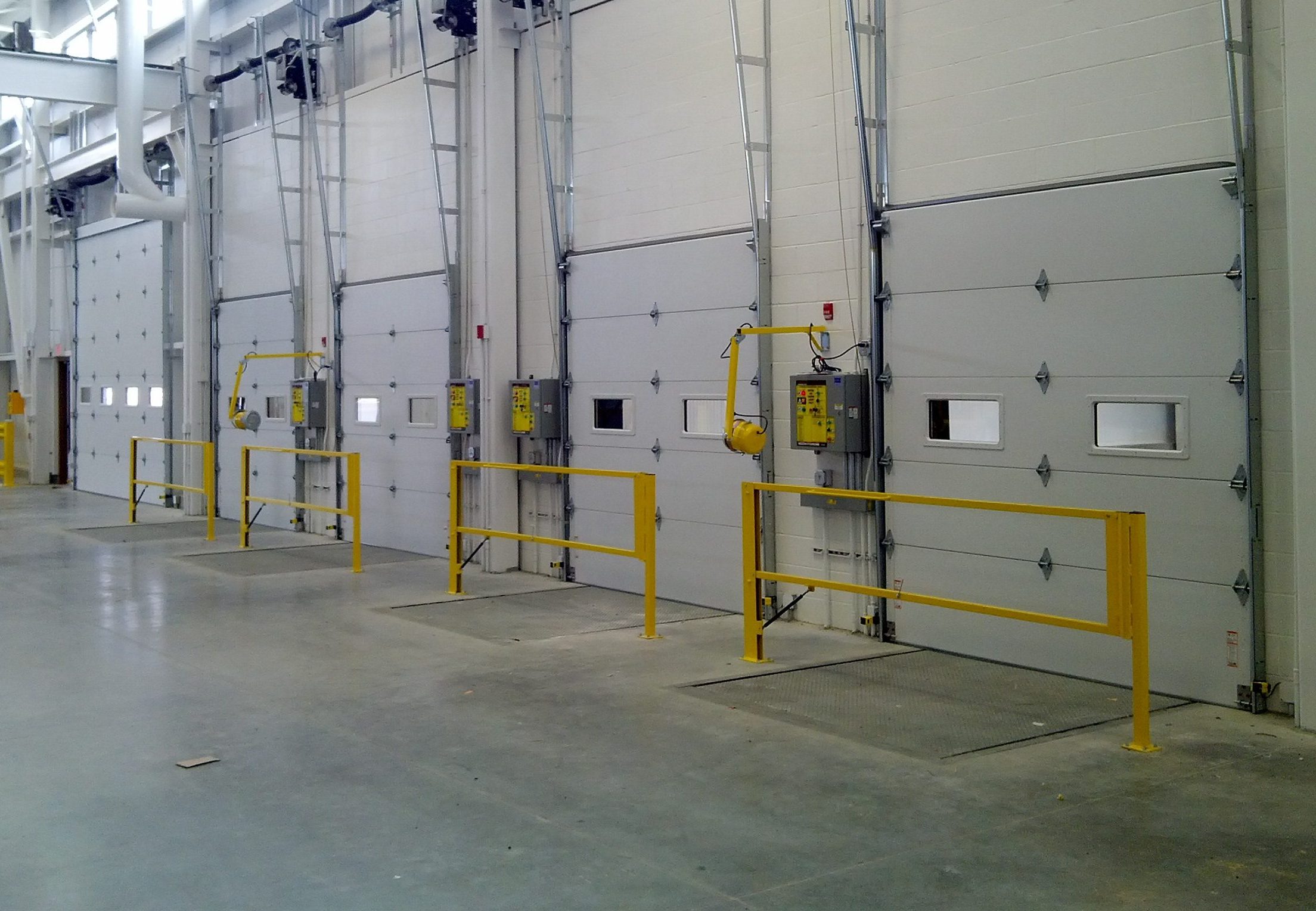Introduction
Warehousing and logistics are fundamental components of modern supply chains, playing crucial roles in the storage, management, and transportation of goods. In this blog, we will explore the connection between warehousing and logistics, examining their core functions and what solutions can help each drive operational efficiency.Warehousing: The Backbone of Storage and Management
Warehousing serves as the cornerstone of storage and management within supply chains, encompassing a spectrum of functions vital for maintaining operational fluidity. At its essence, warehousing involves providing secure facilities for the storage of goods. It also entails meticulous inventory management, ensuring optimal space utilization and timely replenishment to meet demand. Warehouses play a pivotal role in speeding up order fulfillment and enhancing customer satisfaction through on-time deliveries. Beyond storage, warehouses offer value-added services such as packaging, labeling, and quality control, increasing supply chain efficiency.
There are a variety of solutions that are essential to your warehousing operation:
Pallet racking, for example, is a common, must-have solution when it comes to storing your goods. Racking systems like these make use of your vertical space and provide durable and long-lasting storage for a large variety of goods of different shapes and sizes.
Beyond storage, warehouses offer value-added services such as packaging, labeling, and quality control, increasing supply chain efficiency.
There are a variety of solutions that are essential to your warehousing operation:
Pallet racking, for example, is a common, must-have solution when it comes to storing your goods. Racking systems like these make use of your vertical space and provide durable and long-lasting storage for a large variety of goods of different shapes and sizes.












